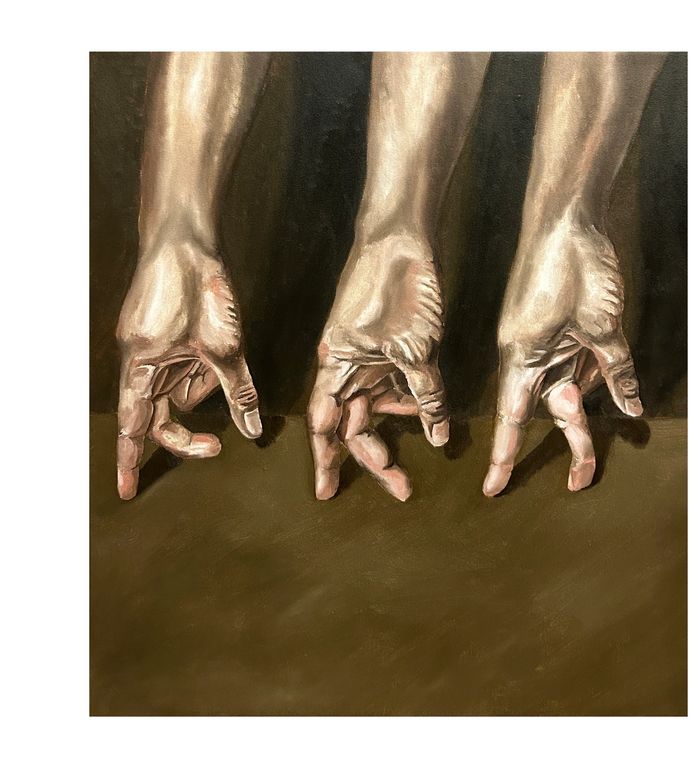

Our Mission Statement
Black Art Review magazine is an online publication dedicated to celebrating and showcasing the diversity and richness of Black art across the diaspora. We aim to provide a platform for Black artists, writers, critics, curators, and scholars to share their perspectives, insights, and experiences on the contemporary art scene. We also seek to foster dialogue and collaboration among Black creatives and their allies across the globe. Our mission is to amplify the voices of Black artists and to challenge the dominant narratives that often marginalize and exclude them from the mainstream art world. We believe that Black art is not a monolith, but a multifaceted expression of identity, history, and creativity. We invite you to join us in exploring the beauty, complexity, and power of Black art.

